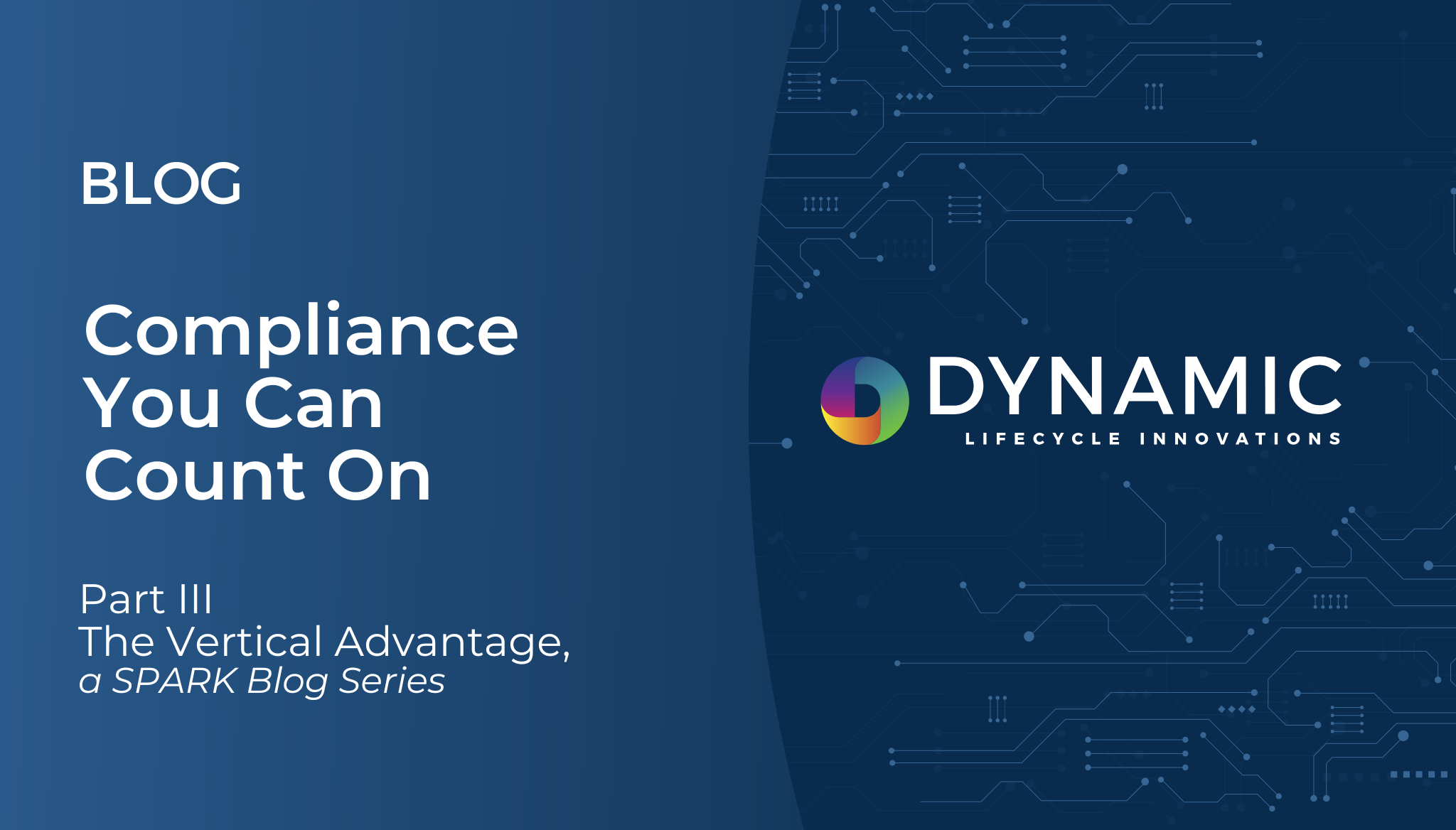
Blog
From tech refreshes to regulatory trends, our blog delivers practical advice for teams managing IT at scale—securely, sustainably without the guesswork.

A practical, unbiased ITAD RFP toolkit offering guidance, tools, and resources across every stage of the vendor selection process.

In this episode from The Vertical Advantage — a Dynamic SPARK podcast series— Casey Dingfelder, Director of Reuse and Resale, joins host Amanda Buros to explore how D...

In this episode from Inside the Vertical Advantage — a special SPARK podcast series — Jeff Good, Compliance Partner, and Angela Remus, OEM Compliance Specialist, shar...

In this episode from Inside the Vertical Advantage — a special SPARK podcast series — Jeff Good, Compliance Partner, and Angela Remus, OEM Compliance Specialist, shar...

Find out how the city of Milwaukee continues to expand access and education for residents while balancing the complexity of evolving e-waste.

Logistics organizations play an essential role in the technology lifecycle. As enterprise IT environments evolve, more global freight based logistics companies are offeri...

Dynamic Expands to Loudoun County, Virginia — Meeting Customer Demand for Secure, Sustainable ITAD and Data Center Services in “Data Center Alley”.

Explore how Dynamic’s global ITAD capabilities deliver consistency, compliance, and sustainability across 100+ countries — all managed through one point of contact.







